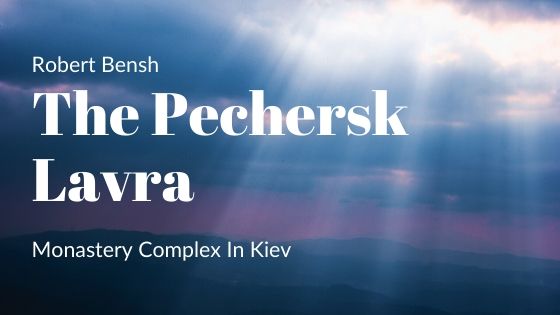There are countless sites of historical and cultural relevance scattered across the world, with several in the Eastern European nation of Ukraine. One of the most noteworthy is the Pechersk Lavra monastery complex in the capital of Kiev. This site, which has a fascinating history, consists of above-ground religious structures as well as a unique network of underground caves.
Formation
The monastery complex was formed in 1051 by Anthony of Kiev, an Orthodox monk, during his search for solitude and enlightenment in the wilderness of Ukraine. Disciples soon began to join him there, leading to the growth and influence of the site in the Orthodox faith. The second of his followers was a man named Theodosius of Kyiv, who co-founded the monastery with him. A hierarchy soon emerged and a working monastery was established.
Modern History
Foreign travelers would commonly write about the Pechersk Lavra, the awe they experienced at witnessing its caves and the sense of calm and spirituality they felt while visiting. The character of the monastery changed in the 19th century as the city of Kiev urbanized the area around it. One of the site’s famous buildings, the Dormition Cathedral, was destroyed during World War II and needed to be rebuilt. During the years of Soviet occupation, the mummified bodies of saints and monks buried at the site were uncovered in a show of the Soviets’ dislike of religion. Once Ukraine gained its independence following the collapse of the Soviet Union, the bodies were once again covered with cloth.
Designation As A UNESCO World Heritage Site
Along with the Saint-Sophia Cathedral, the Pechersk Lavra monastery complex was designated as an official UNESCO World Heritage site in 1990. It had previously been dedicated as a State Historical and Cultural Reserve in 1926. The fact that Ukraine pushed to have it honored so quickly after achieving independence proves just how culturally significant this site is viewed by Ukraine’s government and citizens.
Today
The monastery now features one of the largest museums in Kiev, which includes several sections dedicated to books and documents, Ukrainian folk art, theater and film, artifacts of historical value to Ukraine and a state historical library. Visitors can take guided tours of the catacombs and the above-ground buildings. The monastery complex is still used for its originally intended religious purposes.
